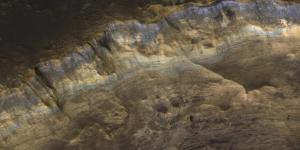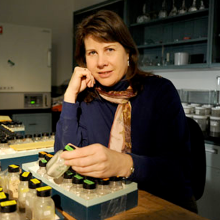Astrobiology
Astrobiology – the study and search for life beyond Earth – is the umbrella discipline for the work of the SETI Institute. Astrobiology encompasses a wide range of study areas, including astronomy, geology, biology, and sociology. It is succinctly encapsulated by the so-called Drake Equation. The latter, devised more than five decades ago by astronomer Frank Drake, is an scheme for estimating the number of communicating societies elsewhere in the Milky Way galaxy. Even though this famous formulation was intended to guide the search for extraterrestrial intelligence, it turns out to also describe the other research areas pursued by our scientists. In particular, what sorts of worlds might be amenable to life, how might life arise, and where might we find it? These considerations spur much of the Institute’s work, where nearly 100 scientists and staff are investigating topics in astrobiology. Much of this effort is focused on the nearby worlds of our solar system: could there once have been life on Mars, and might it still be there? What about biology in the oceans and lakes of the various moons of Jupiter and Saturn? There are more than a half-dozen nearby locales that seem to have the requirements for life. The Institute’s purview also extends beyond the solar system. These include efforts to find planets around other stars using both the Kepler spacecraft and the groundbased Gemini Planet Imager. The Institute also uses the Allen Telescope Array to search for signals coming from other parts of the galaxy that would betray the presence of intelligence. In addition, the Institute investigates such fundamental subject areas as the nature of asteroids and meteors, which could be important delivery systems for the ingredients necessary for biology, as well as interspecies communication and the chemical signatures of life that might be found in the atmospheres of exoplanets. It is often opined that the next two decades will witness the first discovery of extraterrestrial life, either microbial biology or signals from intelligence. The SETI Institute is uniquely positioned to be the first to make this discovery.








